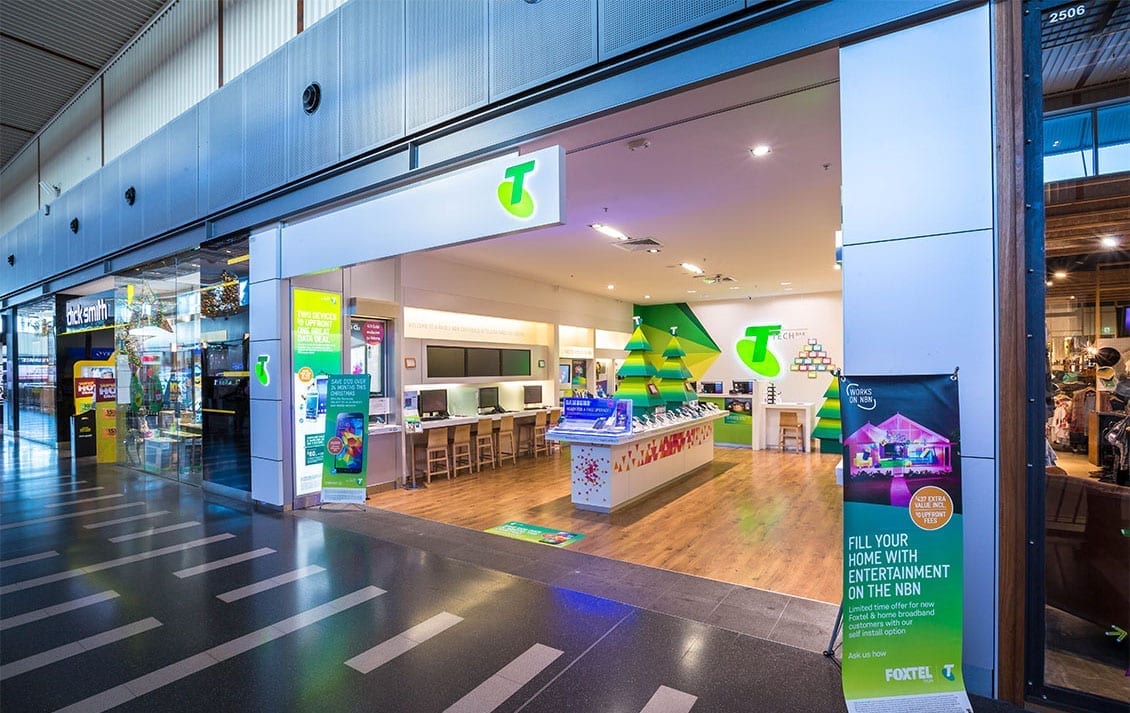In a recent interview with Telecom Review Asia, conducted at ITW Asia 2024, in Singapore, Stasko discussed Telstra’s role in enhancing international connectivity through its submarine cable network by leveraging artificial intelligence (AI) to optimize infrastructure and foster key partnerships with hyperscalers and other industry leaders. His vision for Telstra International focuses on expanding its presence in the Asia Pacific by continuing to innovate and serve as a critical enabler of the digital economy. Through strategic partnerships and cutting-edge technological integration, Stasko is guiding Telstra to new heights in the global telecommunications landscape.
Telstra’s submarine cable network significantly enhances international connectivity by operating at-scale and providing a comprehensive range of services. With over 50 years of experience in the subsea market, Telstra strengthened its position in 2016 by acquiring Pacnet, making it the largest commercial digital infrastructure provider for trans-pacific integration. Currently, it manages about 20% of the internet traffic between the U.S. and Asia, and a third of intra-Asia traffic.
Telstra manages 400,000 kilometers of subsea fiber. This extensive network allows Telstra to offer not only point-to-point connectivity but also broader solutions that include diversity, resilience, and terrestrial backhaul integration, from cable landing stations to data centers. This comprehensive approach supports customers by handling their capacity end-to-end rather than providing isolated segments.
Globally, Telstra’s digital infrastructure, which includes Telstra International and Australia-based InfraCo, connects markets and supports the digital economy by ensuring reliable and scalable connectivity solutions across multiple regions.
As AI becomes more integral, how is Telstra leveraging artificial intelligence to optimize its global infrastructure and improve service offerings?
As AI becomes more integral, Telstra is leveraging artificial intelligence in two main areas: optimizing internal operations and enhancing its international network infrastructure.
Within Telstra, including its international business, AI is being used extensively to improve efficiency and support employees. For example, Telstra boasts the largest deployment of Microsoft’s Copilot in Australia, which is integrated with Microsoft 365 tools and allows employees to use AI for tasks like writing emails, preparing documents, and managing data. This foundational deployment helps employees understand and adopt AI in their daily workflows.
Additionally, Al and automation are used to optimize internal processes, particularly in the consumer business segment. Leveraging the capabilities of Microsoft Azure OpenAl Service and Azure Al Search, Ask Telstra provides Al-driven answers to employee inquiries through a simple search interface. Another tool. ‘One Sentence Summary, condenses customer issues into clear, actionable summaries, improving the speed and accuracy of responses. The focus is not on replacing human interaction but on empowering agents to provide fast, accurate, and effective support.
On the international side, Telstra is applying AI to achieve automation and an autonomous network. AI-driven tools are being used to digitize data such as inventory, capacity, locations, and sensor inputs. This enables Telstra to build a virtual model of its network to test, predict, and automate operations. For instance, AI helps reroute traffic dynamically, optimizing the network and ensuring reliable connectivity. These AI applications enhance both Telstra’s operational efficiency and its ability to deliver high-quality service globally.
Can you share key AI-driven initiatives or innovations that Telstra is working on, and elaborate on some of the partnerships that have been forged?
Telstra is advancing several key AI-driven initiatives and forging strategic partnerships to enhance its capabilities. One of our largest partnerships is with Microsoft, which spans AI tools, digital infrastructure investment, and connectivity across both the international and Australian components. This collaboration underscores Telstra’s commitment to integrating advanced AI capabilities with robust infrastructure solutions.
In Australia, Telstra has created a joint venture with Quantium, an AI-driven company; the result of which is Quantium Telstra. This partnership focuses on developing AI tools, building skill sets, and fostering innovation in an AI-first framework. Additionally, Telstra collaborates with traditional infrastructure vendors, working closely with them to embed AI into tools and systems that optimize operations.
On the international front, Telstra is partnering with customers to address the evolving network needs being driven by AI. This involves rethinking network topology to better accommodate AI traffic, which differs significantly from the demands of traditional cloud traffic. Telstra’s approach includes both enabling partner solutions and collaborating with customers to anticipate the future connectivity requirements being shaped by AI.
Telstra also maintains strong ties with the Australian government. While AI-specific collaborations are less prominent, past initiatives, such as our acquisition of Digicel Pacific, highlights our successful public-private partnerships. This endeavor involved funding from the Australian, U.S., and Japanese governments and demonstrated how commercial and government interests can align effectively.
In the cybersecurity sector, Telstra is working closely with security agencies in Australia and globally, employing both AI-driven and traditional approaches to ensure its network remains secure, sovereign, and reliable. These initiatives illustrate Telstra’s comprehensive strategy, which prioritizes leveraging AI and partnerships across various domains.
What is Telstra International’s vision? And what strategies are you employing to grow its presence in the region?
Telstra International’s vision is to remain the leading digital infrastructure provider in the Asia Pacific. To achieve this, Telstra is focusing on three strategies: offering layer-zero services, including cable landing stations and network operations; partnering with hyperscalers and other investment partners to operate and enable new systems; and becoming the ‘carrier of carriers’ by creating CapEx-light models to support telcos’ subsea and connectivity needs.
Partnerships are key to success. Hyperscalers, once skeptical about working with Telstra, now see value in these collaborations, recognizing that, in some markets, they benefit from a partner’s expertise. As Telstra adapts, the focus shifts from doing everything in-house to being a good partner, leveraging engineering strengths and operational excellence. This approach ensures continued growth and scalability.




















Discussion about this post